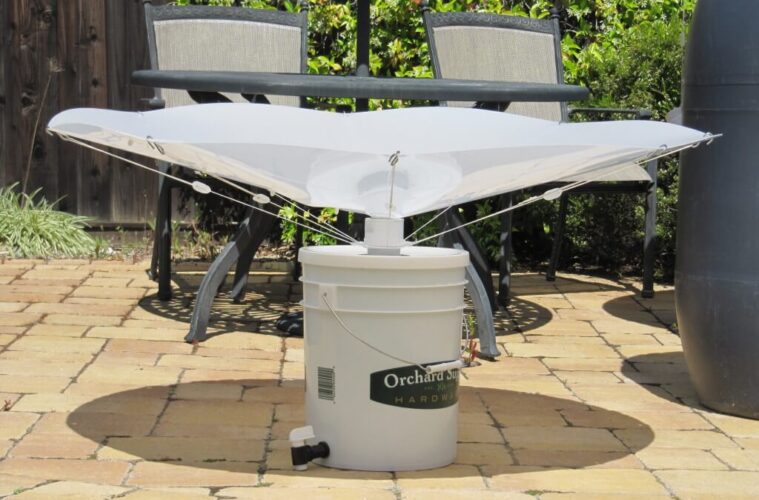Does your home compound flood after a rainfall, leaving your compound soggy? Is your home standing on a flat piece of land where water drainage becomes an issue, especially when it rains? If yes, it’s time you started harvesting rainwater in your home.
There are myriad uses of collected rainwater. You can use the rainwater collected to water your vegetable or flower garden, clean your car, wash your driveways, among others. Rainwater can be collected from the roof of your home, directly from the rain, or from the surface run-offs in your home.
o know how your land slopes and where you can tap the water, follow the general direction of the flow of surface run-off. Also, you need to have a metal gutter with a downspout installed on your roof to collect rainwater from your roof
Below are effective methods you can try to collect rainwater:
Rain Barrels
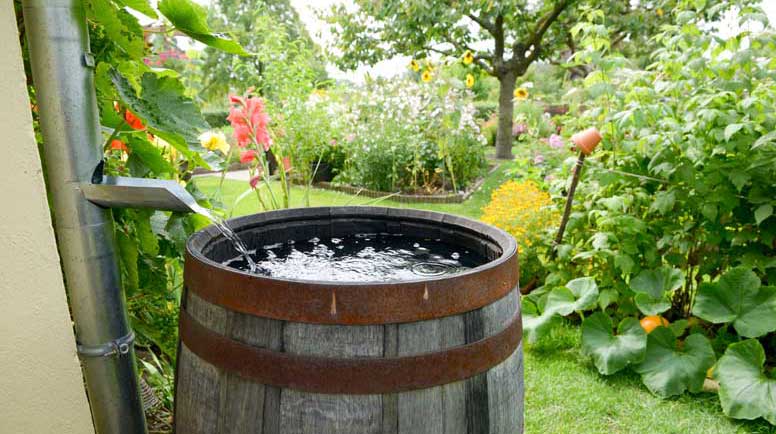
source: loveyourlandscape.org
Using barrels to harvest rainwater is a cheap and straightforward method. You need to have a downspout (from the gutter) and a collecting container. The container can be an old drum or a recycled trash can. Conveniently, finding a vendor selling water tanks isn’t hard since they’re readily available. This site, for instance, narrows down your search for a water tank.
For better service from the barrels, make a hole at its bottom and add a tap. You can add another exit point and fix a pipe; direct the pipe to your garden or carpark for cleaning your car. Rainwater overflow is a possibility in case of heavy rainfall. Add another barrel and join the two with a conjoining pipe, fixed at the mouth of the two barrels. In case the first barrel fills up, the excess water will flow into the other barrel through the pipe.
Cover the entry point of the downspout on the barrel with a fabric mesh to prevent water contamination. Doing so will also help you avoid creating a mosquito breeding place.
Rainwater Tanks
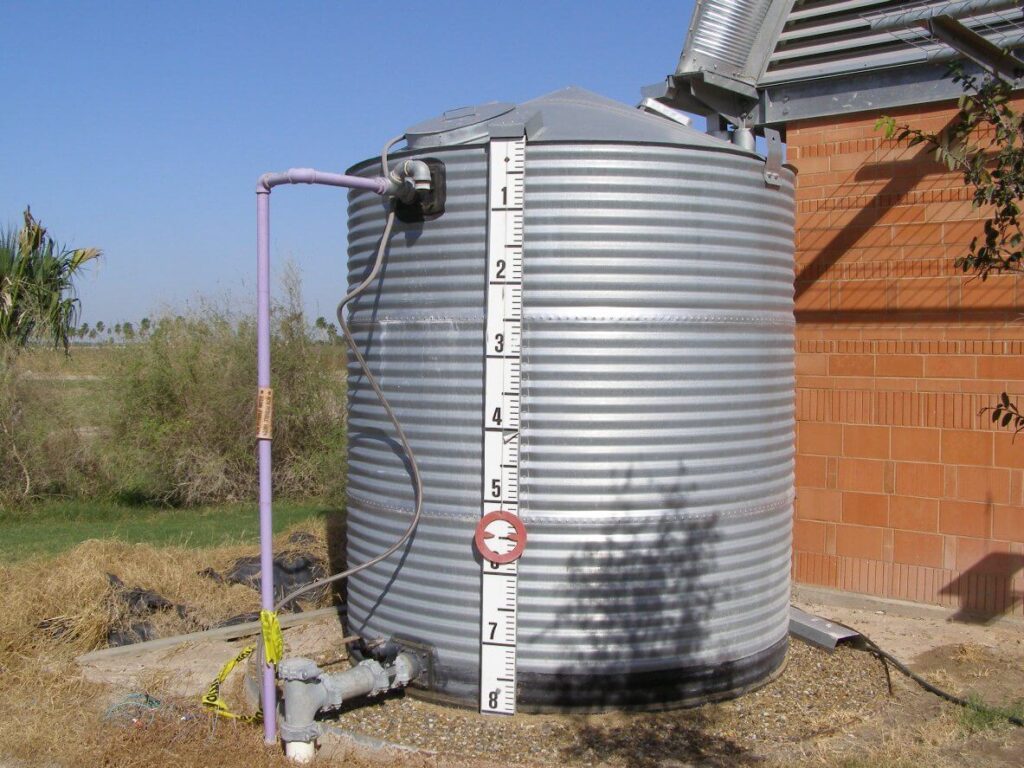
source: agrilife.org
Rainwater tanks work the same way as rain barrels. The difference between the two is that you won’t use a downspout for the former. Also, instead of a small-sized container, the water will collect into water tanks of larger capacities. Water tanks can be made of plastic, metal, or concreted. You can place the tanks on the surface or have them underground. Ensure the tanks are placed on firm ground due to their weight.
Connect a large-sized PVC pipe at the endpoint of your gutter, and direct it to the entry point of your water tank. The pipe should be large enough to collect water, despite the water flow from the gutter. Install a spout at the bottom of the tank for easy access to the water.
An underground water tank works best with surface run-off from rainwater. Put water pipes at the collection point of the run-off to direct the water into the underground tank. Alternatively, add a pipe entry point on the overhead tank that’ll lead its water to the underground tank. An underground tank requires many underground piping systems for you to collect as much water as possible.
Rain Saucer
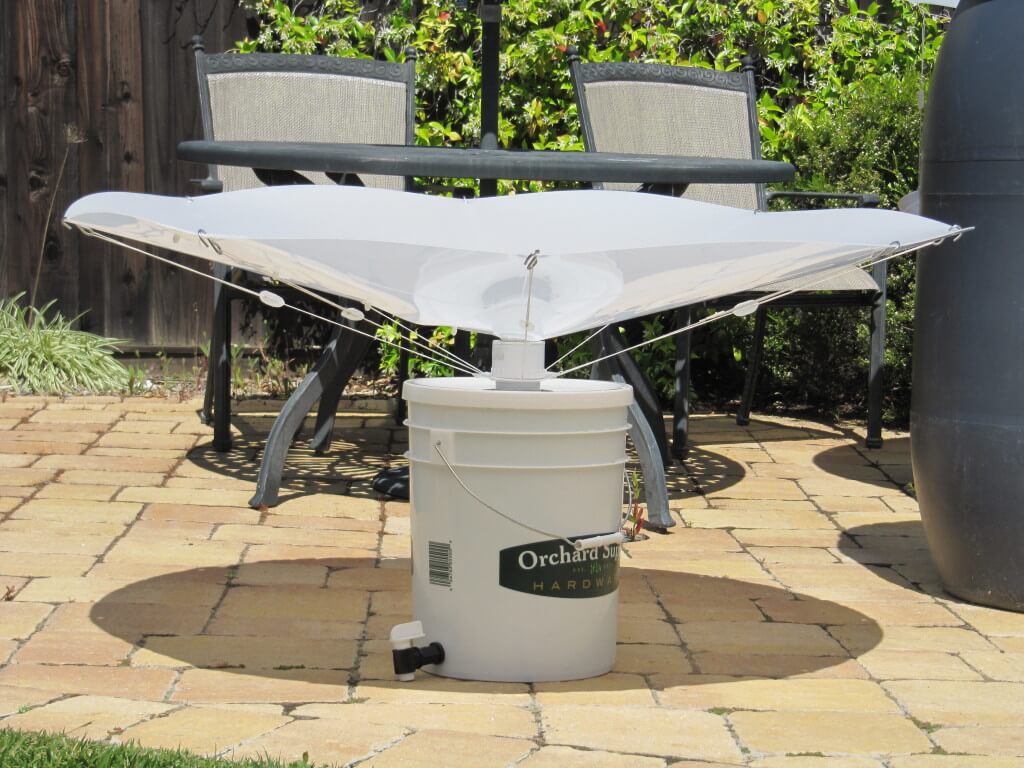
source: mirainbarrel.com
A rain saucer is another simple method of harvesting rainwater. All you need is a container, four or three timber stands, a large or medium-sized PVC pipe, and a canvas. Put the stands in place, taking a square or round shape, and tie the canvas on each frame. The canvas should take the form of an overturned umbrella. At the center of the canvas, make a hole and secure the PVC pipe. Then, let the PVC pipe drop into the container.
Rainwater will directly pour onto the canvas, and the pipes will collect the water into the barrel. Cover the barrel to prevent the entry of contaminants.
Ground Wells
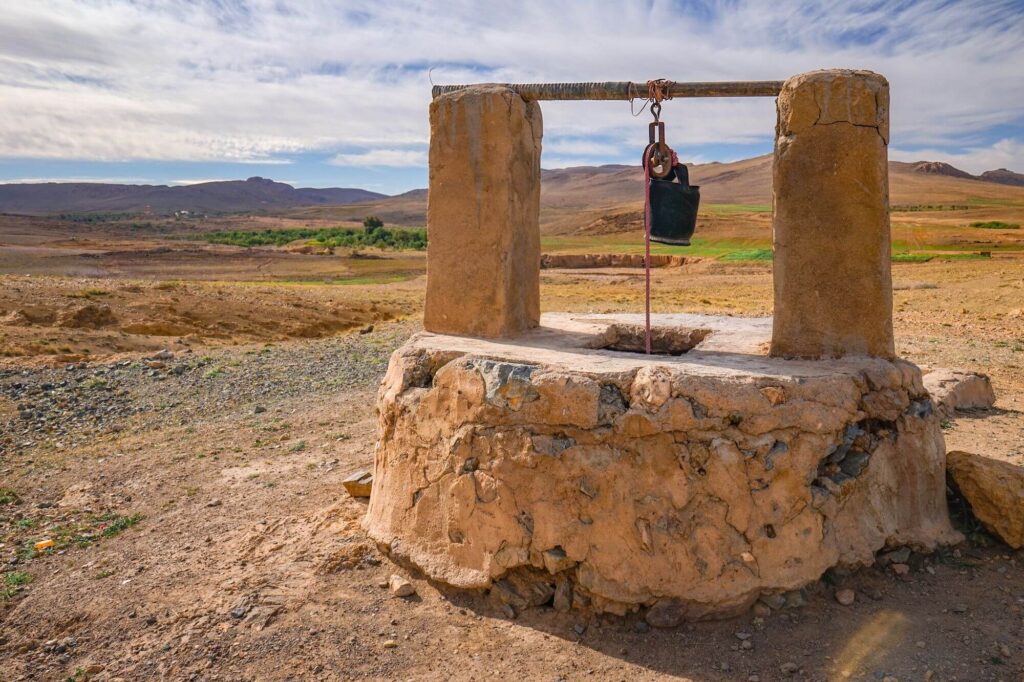
source: nationalgeographic.org
Ground wells allow you to collect surface run-off from rainwater. Dig up a well if you don’t have one. Let it be approximately six feet deep and five feet wide. Surround the walls with filtering materials, such as gravel, sand, charcoal, and a wire mesh.
As water runs from the ground and into the well water, it’s filtered to remove most of the impurities, allowing the rainwater pooling at the center of the well to be free of contaminants. Use the collected water for various home uses.
Final words
As seen, there are various methods you can implement to harvest your rainwater. Ensure you cover the collecting containers to prevent contamination of the water and to prevent diseases. If you want to use the harvested water for drinking, treat it before consumption.

